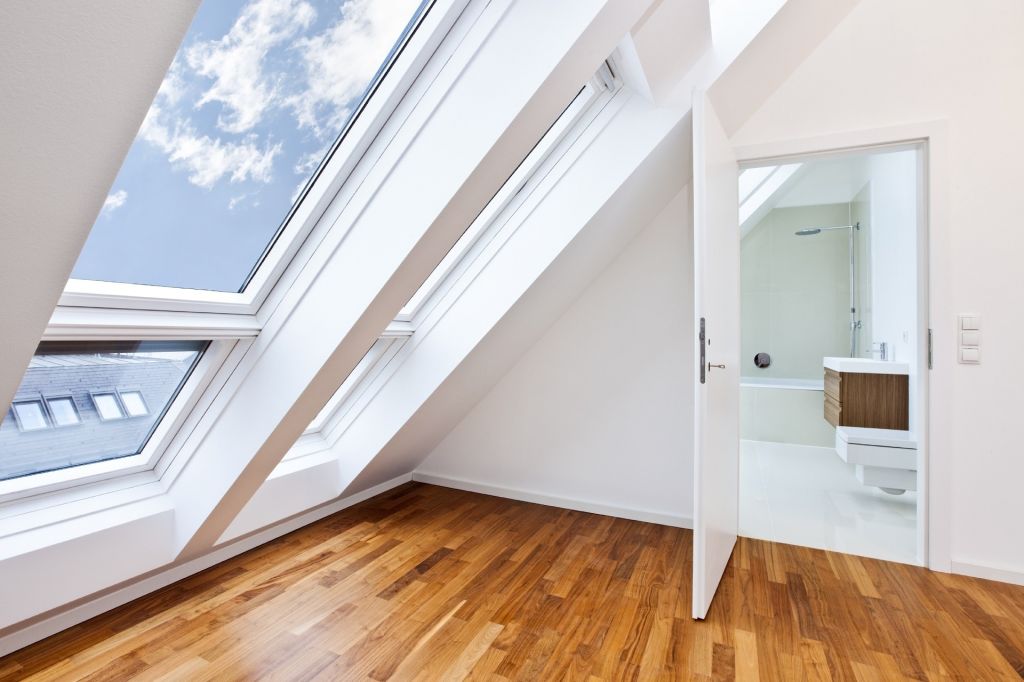The importance of attic crawl space access safety cannot be overstated. Whether you’re a homeowner or a real estate developer, understanding the safety measures associated with attic spaces is crucial. Accessing these areas should be done with caution to prevent accidents and ensure the preservation of your property.
When it comes to maintaining your home, ensuring the safety of lesser-visited areas like the attic is often overlooked. However, understanding how to safely access and manage these spaces is essential for both safety and functionality.

Why is Attic Safety Important?
Attics are hidden spaces that often house important elements of your home, such as insulation, wiring, and ventilation systems. Ensuring safe access is vital to prevent damage and maintain the integrity of these components. Moreover, safe access helps prevent injuries associated with falls or structural instability.
The Risks of Poorly Managed Attic Spaces
Poorly managed attic spaces can lead to a multitude of issues, including water damage, pest infestations, and even structural damage. Understanding how to safely navigate and manage these spaces can prevent costly repairs and ensure the longevity of your home.
Essential Safety Equipment for Attic Access
Having the right equipment is a fundamental part of ensuring attic crawl space access safety. Essential tools include sturdy ladders, protective gear, and adequate lighting. Investing in quality equipment can prevent accidents and make the job easier and more efficient.
Choosing the Right Ladder
When selecting a ladder for attic access, ensure it is tall enough to reach the attic entrance comfortably. It should also be equipped with non-slip feet and a locking mechanism to ensure stability during use.
Protective Gear
Protective gear such as gloves, masks, and goggles are essential when accessing the attic. These items protect against dust, debris, and any potential harmful substances that may be present in the attic.
Access Points and Their Importance
Access points to the attic should be well-maintained and easily accessible. This includes ensuring that hatch doors are functional and secure and that the entrance is free from obstructions.
Maintaining Hatch Doors
Regular maintenance of hatch doors is crucial. This includes checking for damage, ensuring a tight seal, and lubricating hinges to ensure smooth operation. A well-maintained hatch door prevents unwanted access and protects the interior of the attic.
Creating Safe Access Pathways
Ensure that pathways leading to the attic are free from clutter and potential tripping hazards. This is especially important during emergency situations where quick access may be required.
Lighting and Ventilation in Attic Spaces
Proper lighting and ventilation are essential components of attic crawl space access safety. These elements ensure not only safety but also comfort when accessing the attic for maintenance or inspections.
Installing Adequate Lighting
Consider installing permanent lighting fixtures in the attic to provide adequate illumination. This minimizes the risk of accidents and makes it easier to identify any issues within the space.
Ensuring Proper Ventilation
Proper ventilation is crucial in preventing moisture buildup and ensuring air quality in the attic. Consider consulting with a professional to evaluate and enhance your attic’s ventilation system.
For more insights on improving attic ventilation, you can check out air purifier recommendations.
Regular Inspections and Maintenance
Regular inspections and maintenance are key to identifying potential issues early and ensuring the safety and functionality of your attic space.
Conducting Regular Inspections
Conduct inspections at least twice a year to check for signs of damage, pests, or other issues. Early detection can prevent minor issues from becoming major problems.
Routine Maintenance Tasks
Routine maintenance tasks such as cleaning, sealing leaks, and checking insulation are essential to maintaining a safe and efficient attic space. For a comprehensive guide on insulation, visit ceiling insulation guide.
Professional Help and When to Seek It
While many attic maintenance tasks can be done independently, there are instances where professional help is necessary. Recognizing these situations is crucial for ensuring safety and quality work.
Signs You Need a Professional
If you encounter structural issues, electrical problems, or extensive damage, it’s best to seek professional help. Professionals have the tools and expertise to address these issues safely and effectively.
Choosing the Right Professional
When selecting a professional, look for someone with experience and positive reviews. It’s also beneficial to seek recommendations from friends or family.
For additional guidance on finding the right professional services, explore remodeling ideas from reputable sources.

FAQs
What are the risks of not maintaining attic access safety?
Neglecting attic access safety can lead to falls, structural damage, and increased repair costs. It’s essential to take preventative measures to avoid these risks.
How often should I inspect my attic?
It’s recommended to inspect your attic at least twice a year, ideally in the spring and fall. This helps identify and address issues before they escalate.
Can I improve my attic’s safety on my own?
Yes, many safety improvements can be done independently, such as installing better lighting and ensuring clear access paths. However, for complex issues, professional help is advised.
This article contains affiliate links. We may earn a commission at no extra cost to you.



